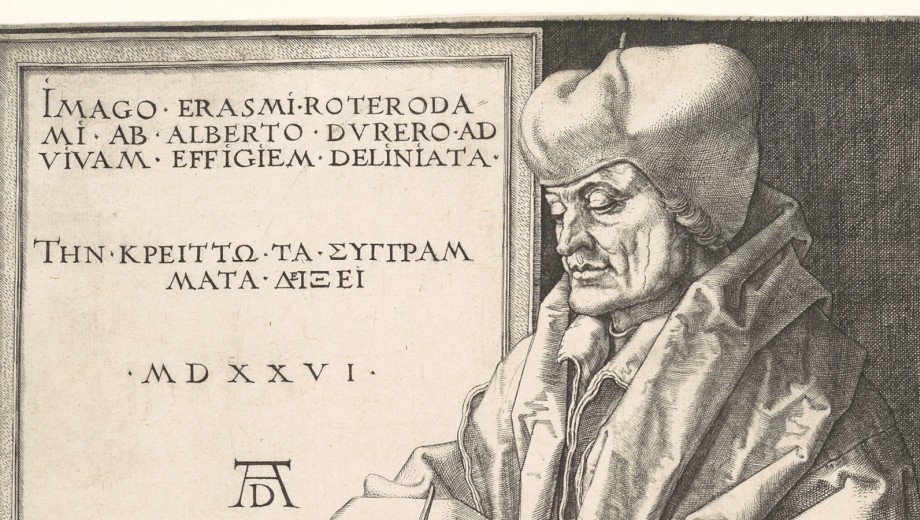In talking about Art History’s three assistant professors, department chair Niall Atkinson calls them “a fresh set of voices in discussions about how we teach, how we set up our curriculum, and what their role is as intellectuals. It’s always tricky to speak up when you’re a junior faculty member, but they do.”
Never were those pedagogical skills tested more than in the pandemic spring of 2020. Assistant professor Seth Estrin was on leave. But Tamara Golan and Megan Sullivan found themselves learning how to teach remotely on the fly along with other instructors. Below they share some of the unexpected benefits of pandemic teaching, along with the ways it has changed their philosophies for good.
Sullivan: It was hard teaching on Zoom, but in the end it was grounding and centering, and I think it was for students as well—to come together with a faculty member and just say hey, we’re going to be together and we’re going to work on these things and hopefully do it in a way that’s attentive to where you are mentally.
When the pandemic started, I was trapped in my small apartment with a one-year-old—now he’s three. I got permission to go to campus just to teach, because I couldn’t teach with him at home, and on the first day of class I said to my students: “This is my moment of normalcy.”
For that spring quarter, with the whole world gone crazy, having to shut that out for this three-hour seminar and say, “OK, we’re going to get back to talking about theories of modernism” seemed ridiculous at the moment but also really, really freeing. Teaching gave me permission to return to these intellectual questions when I was worried about health and safety and childcare and my family.
I would’ve struggled more had I not had that responsibility and outlet.
Golan: I arrived at UChicago in October of 2019, and teaching is really what’s gotten me through the pandemic. What I enjoyed about teaching during that time is that as a new teacher, it gave me somewhat of a blank slate. I was trying to recreate the pedagogical models that my mentors taught me as a grad student, and I couldn’t do that during remote learning. It was totally freeing in that way. It made me a better teacher, and I’m not going to go back to what I was trained to do.
One of the classes I taught in the spring quarter of 2020 was Art and the Cult of the Saint in the Middle Ages. It was going to be a museum-heavy, object-based course. I was trying to think of a meaningful assignment that would require some kind of research, but with limited library access—or no library access, actually—that would also help address some of the pitfalls of Zoom teaching, which for almost everyone was the lack of community. I came up with a Twitter debate assignment.
The cult of saints was a hot debate in Christianity from its earliest days up to the Reformation. The students divided into groups, and I assigned each group a historical theologian who had a position on images, relics, and saints—about whether they were acceptable or not. They had to read their theologian’s primary sources, and then create a persona for that historical figure and debate each other on Twitter. I had given them a couple of prompts for things they could talk about.
It was incredible. It taught them how to inhabit the position of another person. They knew how to write an argument that they believe in, but for this assignment they were trying to do that from a different perspective—and to have it be historically meaningful. Also, there are obvious parallels between the new modes of communication (namely, the printing press) that appeared during the time we were studying and the ways in which social media was blowing up during the pandemic as a site of discourse, especially with the Black Lives Matter protests. They did not miss the connections at all.
I did almost have a panic attack when I realized one of the groups—Team John Wycliffe—retweeted the pope, saying “scorn these immoral leaders.” I didn’t want to create an international incident; fortunately, I don’t think the pope really reads his mentions.
Sullivan: In some ways the constraints of the pandemic served as a useful nudge. It made us all reflect on what our actual learning goals for our students are, and we probably now all have a much richer arsenal of ways for students to get there. We all realize the research paper is an important tool. It’s foundational to our field. But there are other ways for students to produce knowledge, to disseminate knowledge, to share knowledge.

